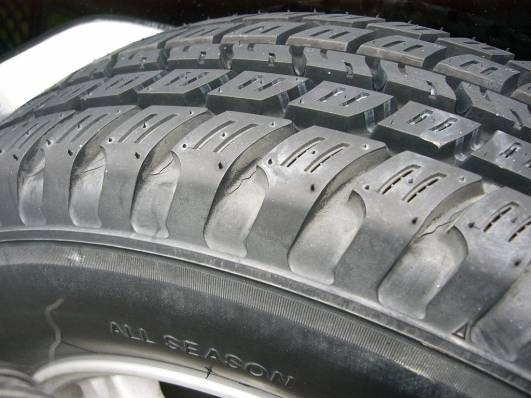Tire pressure relates to the amount of air in your tires, and is measured by one of two ways: PSI (Pounds per Square Inch) or by the 'bar' system, similar to how atmospheric pressure is measured in weather forecasts.

Why Should I Bother Checking the Tire Pressure?
If your tires are under inflated, they can overheat and cause a blow-out; if over inflated, they can handle badly on the road. Over/under inflated tires damage more easily and so often need replacing. Vehicles with under-inflated tires will require more gas to maintain the same speed than correctly inflated tires and will cost you more to run.
There's also the environment to consider. Correct tire pressure helps to maintain optimum fuel efficiency, lowering Co2 emissions from your vehicle. If you're not sure how to check tire pressure for yourself, here's a film that takes you through the process: